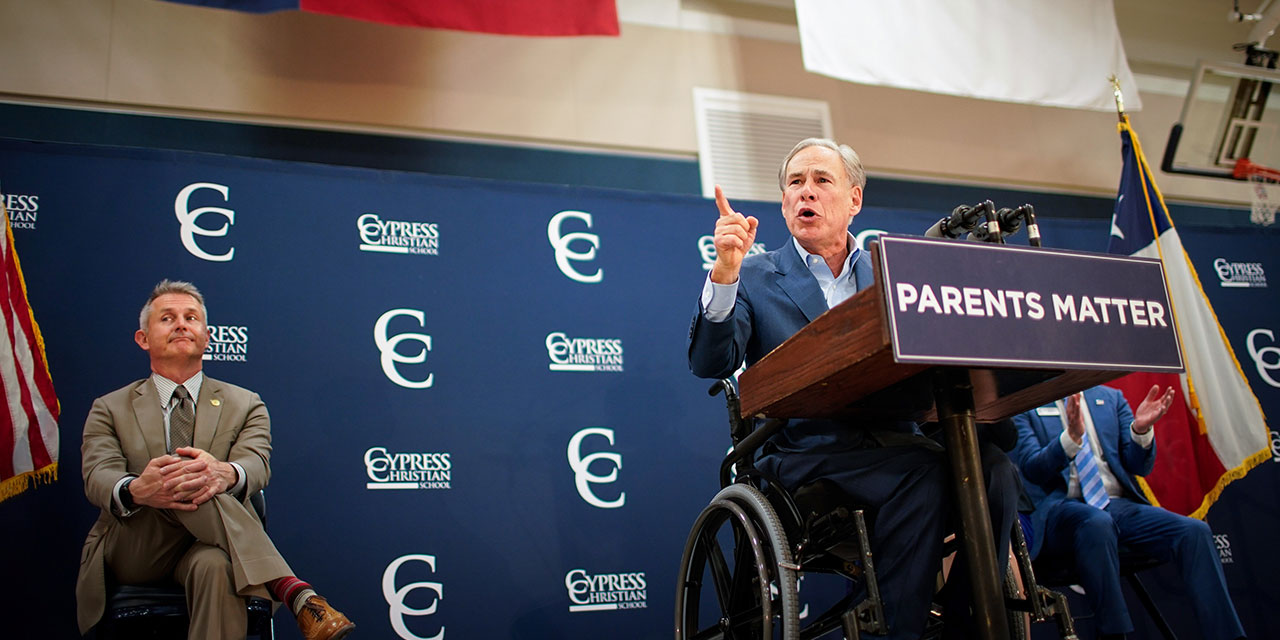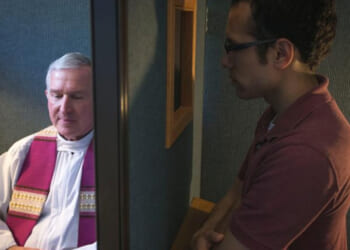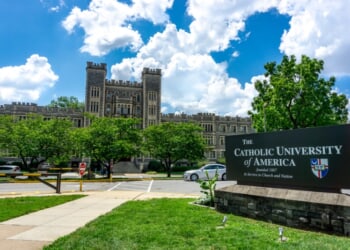
As a young attorney in the mid-1990s, I spent two years at the Institute for Justice, where I helped defend the nation’s first modern school voucher programs against lawsuits alleging that the First Amendment’s Establishment Clause prohibits the government from giving parents public funds to send their kids to religious schools. At the time, fewer than 5,000 students participated in voucher programs in Milwaukee and Cleveland. In those early days, we speculated that two tipping points could spur a massive expansion of school choice: a Supreme Court decision rejecting the Establishment Clause argument, and Texas adopting a voucher program.
The first tipping point came nearly 25 years ago. In Zelman v. Simmons-Harris (2002), the Supreme Court upheld the legality of the Cleveland Pilot Scholarship Program, though over 96 percent of participating students attended religious schools. This ruling opened the federal constitutional door to private school choice across the nation.
Finally, a reason to check your email.
Sign up for our free newsletter today.
The second tipping point came last week—on May 3, when Governor Greg Abbott signed the Texas Education Freedom Act.
The Texas law creates a $1 billion Education Savings Account (ESA) program that will provide participating students with over $10,000 annually. That money can be spent on a range of private educational expenses, including private school tuition, tutoring, curricular materials, transportation, educational therapies, and more. Students with special needs could receive up to $30,000 in their accounts.
Though Texas took its time getting there, its program marks an important breakthrough in the battle for educational freedom. In terms of total funding available on the first day of the program, it is the largest “Day One” private-school choice program in history. Moreover, when the Texas program launches in 2026, more than half of all American children (55.1 percent) will be eligible for at least some form of program that empowers families to spend public funds on private educational options. Thirty-five states now have at least one private-school choice program, and Texas is the 16th to extend eligibility to all children.
These facts—beyond my wildest imaginings all those years ago—leave me hopeful that one day all kids will have access to parental choice resources.
Texas’s joining the school-choice roster is notable for other reasons. As school-choice activist Corey DeAngelis recently wrote, the victory in Texas proves that, contrary to conventional wisdom, school choice is attainable in large rural states.
Rural Republicans had blocked it for various reasons, including subservience to the immense political power of public school interests. Perhaps more important, the footprint of private schools in many rural areas is relatively limited. Only 6 percent of students in Texas attend private schools, for example, compared with 10 percent nationally. The closest private school may be hundreds of miles away from some rural Texas communities.
Last year, rural Republicans in the Texas House of Representatives derailed Governor Greg Abbott’s effort to get ESA legislation across the finish line. But Abbott’s brass-knuckled response—campaigning to unseat most of the opposing votes in Republican primary elections—bore fruit this year. ESA legislation easily passed the Texas house by a vote of 86 to 61.
As DeAngelis notes, Texas is not the only state where school-choice advocates have prevailed against rural opposition this year: Idaho, North Dakota, Tennessee, and Wyoming all enacted parental choice programs with universal eligibility (though North Dakota governor Kelly Armstrong vetoed the state’s universal ESA program last month). New Hampshire is making progress toward expanding its existing education savings accounts to universal eligibility as well.
Of course, important work remains to be done to ensure that parental choice programs deliver on their transformational promise in Texas and elsewhere. For choice to succeed in large rural states, it must do more than fill empty seats in existing schools. In Texas, $10,000 per child may be enough to spur the development of new schools. Existing private and faith-based schools and systems can use the resources to expand, operate satellite microschools, or even open their doors via remote instruction.
The experience of states with longstanding educational choice programs suggests that this expansion and innovation will occur. For example, in Arizona—which has a universal-eligibility education savings account program—Great Hearts Academies, a successful network of classical charter schools, now also operates private Christian schools called Great Hearts Christos. In Florida, which boasts the largest number (and percentage) of students benefiting from choice, private schools are expanding, growing in number, and innovating.
Other challenges lie ahead, to be sure, but those who brought us to this point deserve to take a victory lap. Parents are demanding educational options, and political leaders are delivering. More states will surely follow Texas’s lead in the months and years to come. We owe gratitude to all those who have worked tirelessly to make school choice a reality—especially in Texas, where opposition interests in a deep-red state had blocked parental choice legislation again and again. These victories mark a milestone in the battle for educational freedom.
Photo by Jon Shapley/Houston Chronicle via Getty Images
City Journal is a publication of the Manhattan Institute for Policy Research (MI), a leading free-market think tank. Are you interested in supporting the magazine? As a 501(c)(3) nonprofit, donations in support of MI and City Journal are fully tax-deductible as provided by law (EIN #13-2912529).
Source link

















